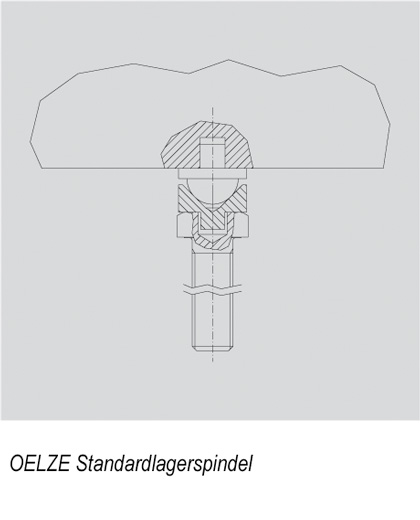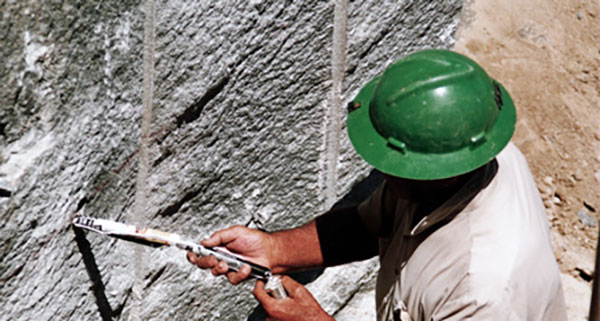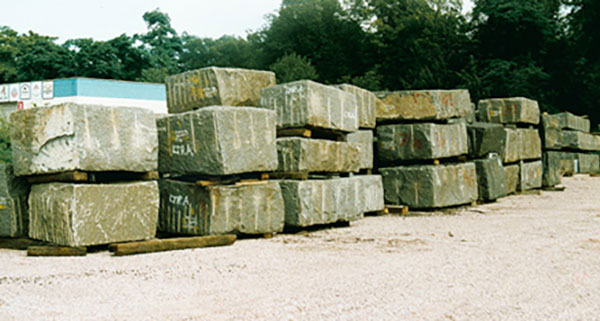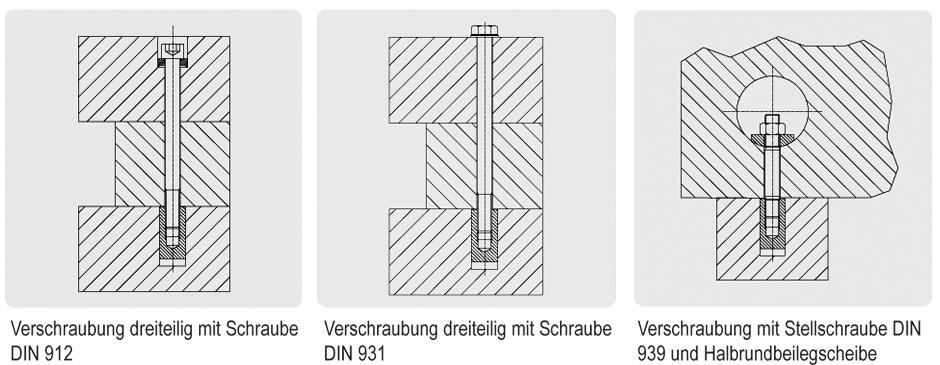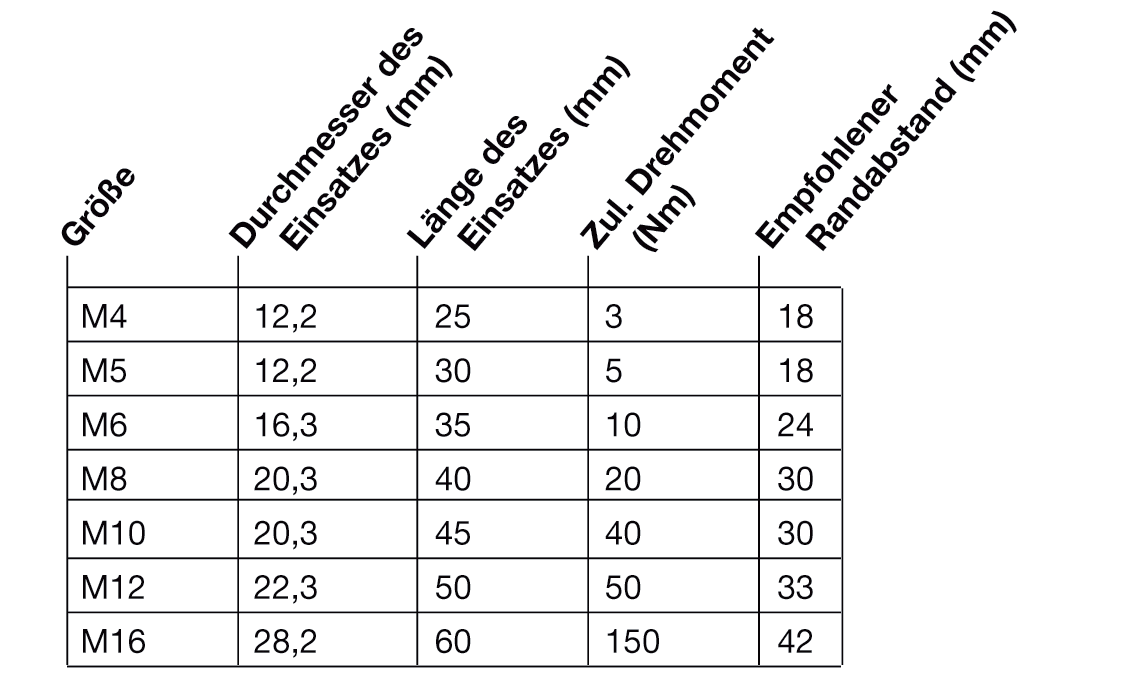In practice all kinds of dimension stones can be put to use. Typically, these are abyssal stones as they possess a dense and homogeneous structure.
South African Gabbro Impala is predominantly used for measuring and precision tools.
Raw blocks, blasted out of mountain massifs in open-cast mines, are semi-finished parts for manufacturing which are often plate-shaped components. The explosion crust is removed from the raw blocks and afterwards they are cut in slices (also called tranches).
We further process these tranches according to your wishes and requirements. If you have never worked with hard rock and do not have any knowledge about its construction do not hesitate to ask us. We will advise you on how to produce an efficient construction that is also appropriate to the material.
Our engineering know-how is not only limited to hard rock. We will advise you and help you with the installation of a complete machining system and machine tools. We can process monolithic components with a length of up to 10 m or a width of 2.20 m. Component groups which weigh up to 25 tons can be mounted easily at our plant.
Other dimension stones which are commonly used are e.g. Silverstar, Tarngranit, Diabas, Kuru Grey (by their trade names). We will gladly advise you on choosing the ideal material for your specific application.





